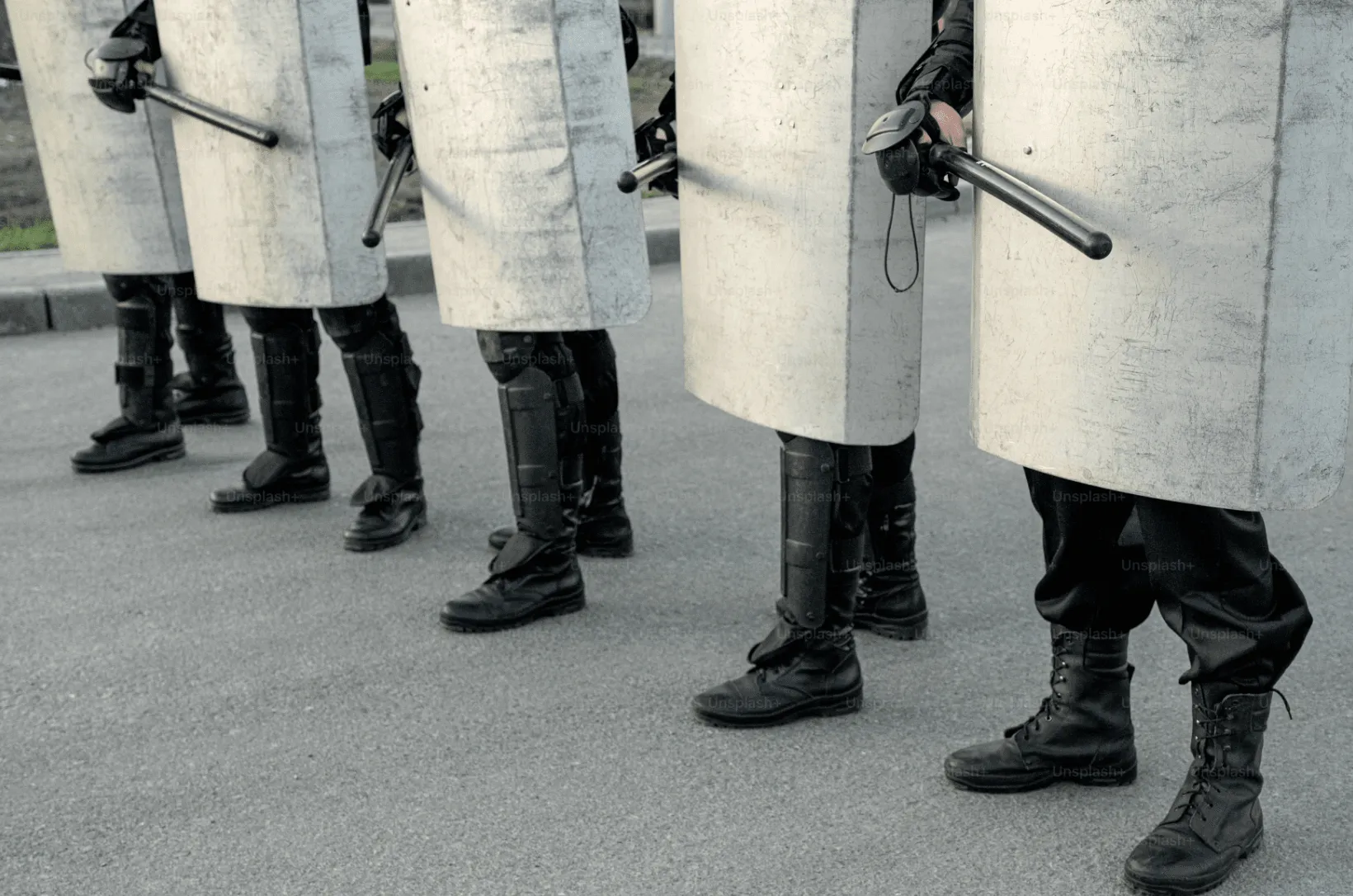India, with more than 960 million registered voters, is often described as the world’s largest democracy. However, it has experienced a marked decline in civil liberties in the past decade. In 2021, the V-Dem Institute, which tracks democratic freedoms worldwide, downgraded India to an ‘electoral autocracy’ with its 2024 report describing the country as ‘one of the worst autocratizers’. The Democracy Index published by the Economic Intelligence Unit has categorised India as a 'flawed democracy' while the Freedom House’s annual report on political rights and civil liberties since 2021 noted this decline in liberties classifying the country as ‘Partly Free’ from 2021.
One indicator frequently cited in watchdog organizations’ reports has been the precipitous decline in press freedoms with several Indian mainstream media houses being described as pro-regime and critical media being curbed. India scored 159/180 countries in the 2024 World Press Freedom Index published by Reporters Without Borders. There has been a parallel decline in its online freedoms. India scored 50/100 in Freedom of the Net 2023 report. This is noteworthy as India has one of the largest numbers of news media in the world and is the largest internet market in the world. Its civil society and journalists actively engage in social media for their work and advocacy.
Since 2019, the country has witnessed civil society- and farmer-led protests, which have led to frequent use of legal and regulatory measures curtailing and criminalizing online content and offline protests that criticized the government. These include Indian Penal Code 1860 (Sections 153A, 292, 295A, 499, 500, 503, 504, 505) and the Information Technology Act (IT Act) 2000 (Sections 67, 69, 79).
During the COVID-19 pandemic, with India being one of the worst affected countries in terms of mortality rates, government control of the mainstream and social media increased, leading to further curbs on right to information and speech rights of civil society actors who were not pro-regime. Government’s power over platforms to takedown any content and block any account increased with the passing of the Information Technology (Intermediary Guidelines and Digital Media Ethics Code) Rules, 2021 (amended 2023). This has had a widespread chilling effect.
In terms of power distribution, socio-economic and political power in India is largely concentrated amongst the wealthy classes and those from the lower or average income who belong to religious and caste groups in regions where they are numerically or traditionally in an advantageous position. As such, government restrictions on civil liberties and the civil society’s capacity to pushback for a diverse country like India are impacted region-wise political dynamics and socio-structural factors.
In 2024 General Elections, the National Democratic Alliance coalition government led by Prime Minister Narendra Modi came to power for the third time but with a lesser majority. This has revived hopes of a strong political Opposition in the parliament that would prevent the regime from ramming through legislations related to information, communications, and IT that are repressive in content and implementation. Civic actors have become more active and vociferous against legal measures/policies/bills of the government that violate their civil and political liberties, for example, the government holding back on a contentious broadcasting bill that would have made the government the final arbiter of what content could be published or broadcast.



